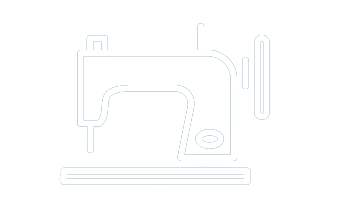How Does Sewing Machine Make Stitch
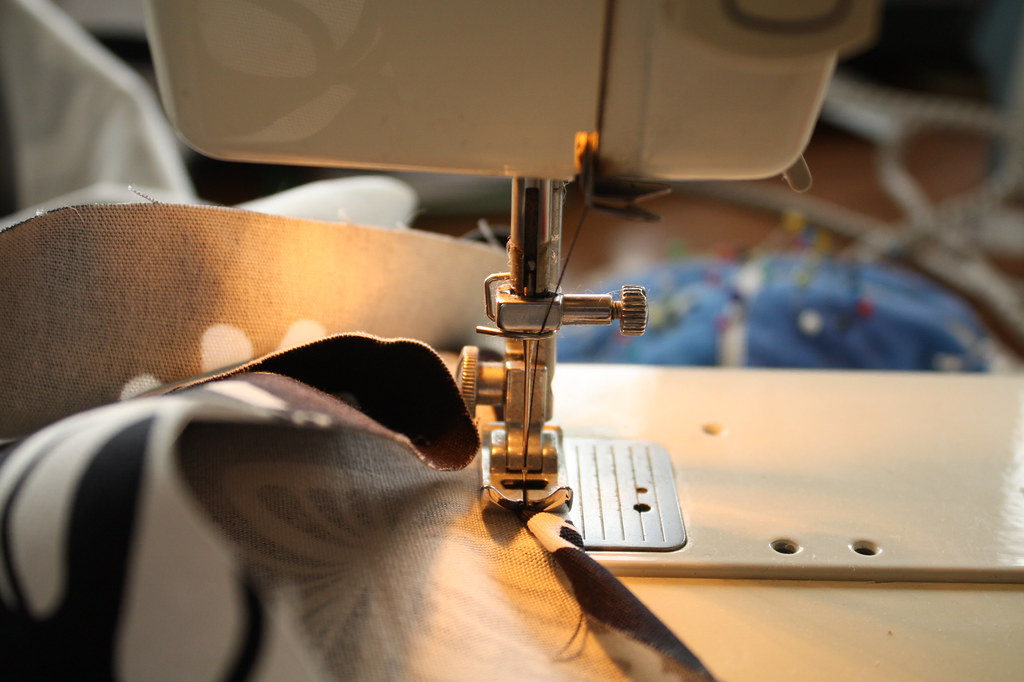
Sewing machines are indispensable tools for those who love to sew, creating beautiful and functional pieces with speed and precision. But have you ever stopped to wonder how these machines work? The process of creating a stitch may seem simple, but it involves a complex interplay of various parts and mechanisms. In this article, we’ll take a closer look at how the sewing machine makes a stitch, from the movement of the needle to the looping of the thread, so that you can better understand and appreciate the intricacies of this amazing invention.
Explanation of what a sewing machine is
A sewing machine is a mechanical or computerized device that is used to join the fabric and other materials together with thread. It was invented in the 19th century and has since revolutionized the textile industry, allowing for faster and more efficient production of clothing and other textiles. Sewing machines come in a variety of types and styles, from basic models for home use to high-end machines for professional seamstresses and tailors.
Importance of knowing how it works
While sewing machines may seem simple to use, understanding how they work can be incredibly beneficial for anyone who wants to sew. Knowing how a sewing machine makes a stitch can help you troubleshoot problems, select the right type of machine for your needs, and even create more complex stitches and designs. By understanding the parts and mechanisms of a sewing machine, you can also ensure that you are using it correctly and safely, reducing the risk of damage to the machine or injury to yourself. Overall, understanding how a sewing machine works is an essential skill for anyone who wants to sew effectively and efficiently.
Basic Anatomy Of Sewing Machine
The basic anatomy of a sewing machine includes several key components that work together to create stitches. These components are:
A. Needle and Bobbin:
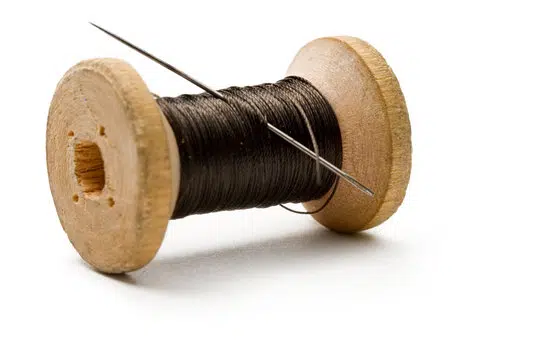
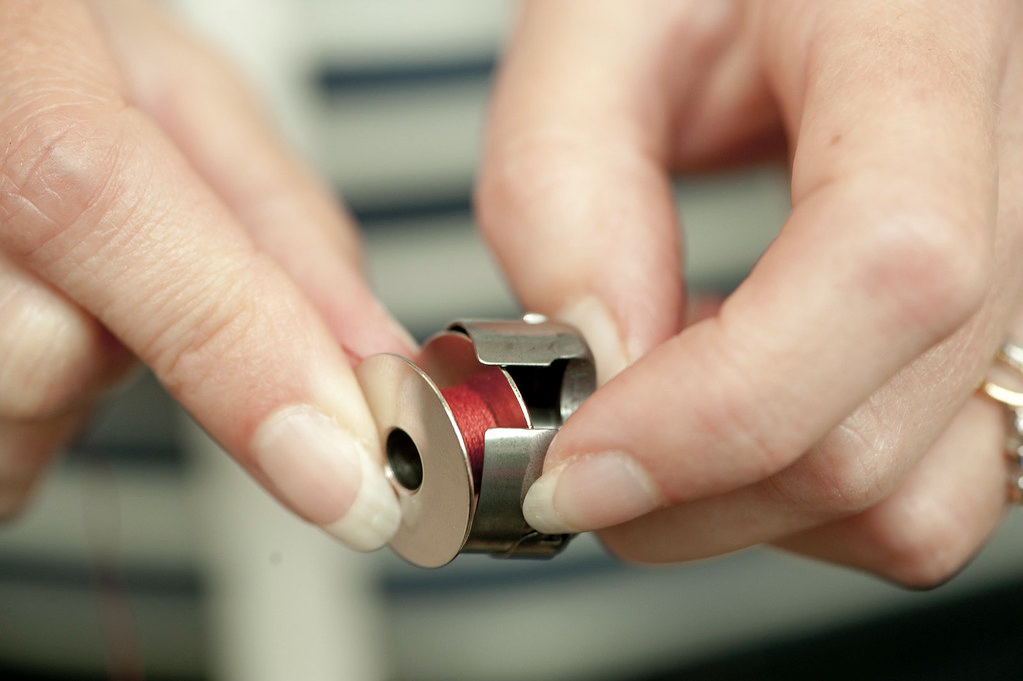
The needle and bobbin are two of the most important parts of a sewing machine. The needle is a thin, pointed instrument that moves up and down, piercing the fabric and creating a hole for the thread to pass through. The bobbin is a small spool of thread that sits underneath the needle plate and feeds thread up through the fabric from below.
B. Feed Dogs:
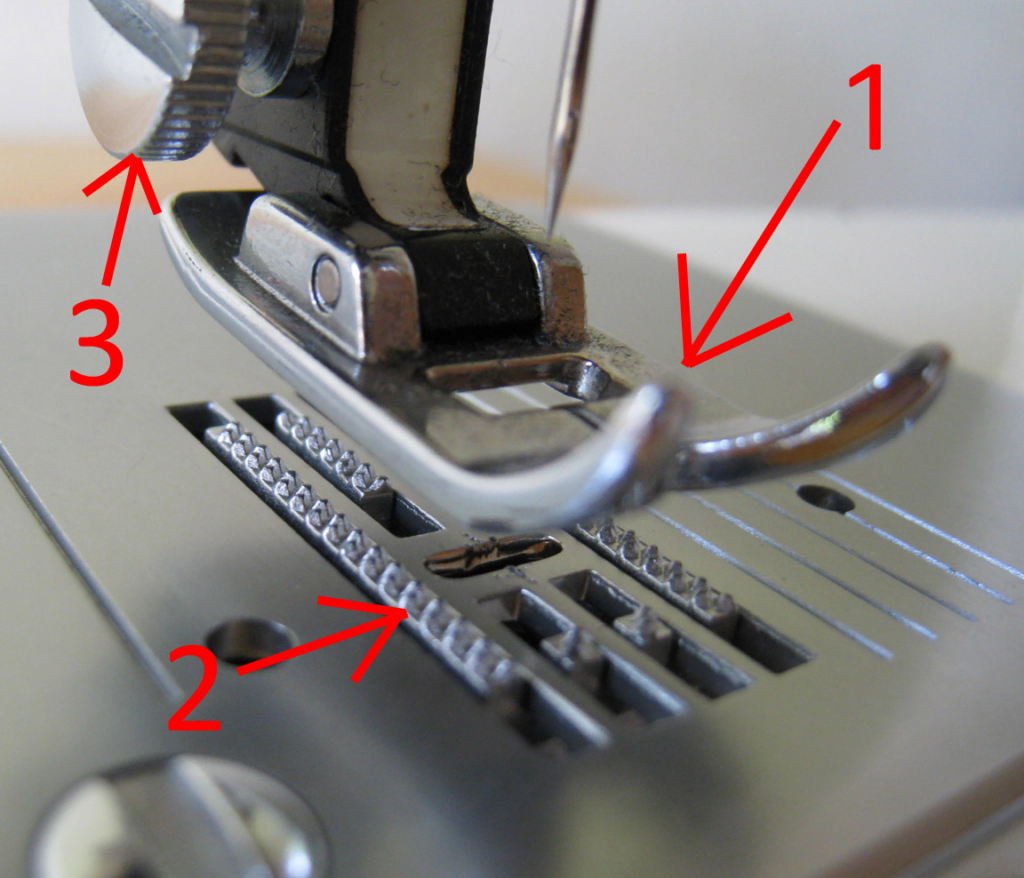
The feed dogs are a set of metal teeth that protrude from the sewing machine’s throat plate. The feed dogs move the fabric forward and backward as the needle sews, ensuring that the stitches are even and consistent.
C. Tension Disks:
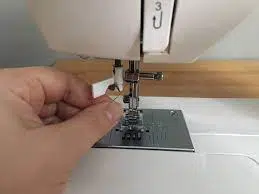
The tension disks control the tension of the thread as it moves through the machine. They ensure that the upper and lower threads are evenly balanced, which is crucial for creating a strong, even stitch.
D. Foot Pedal:
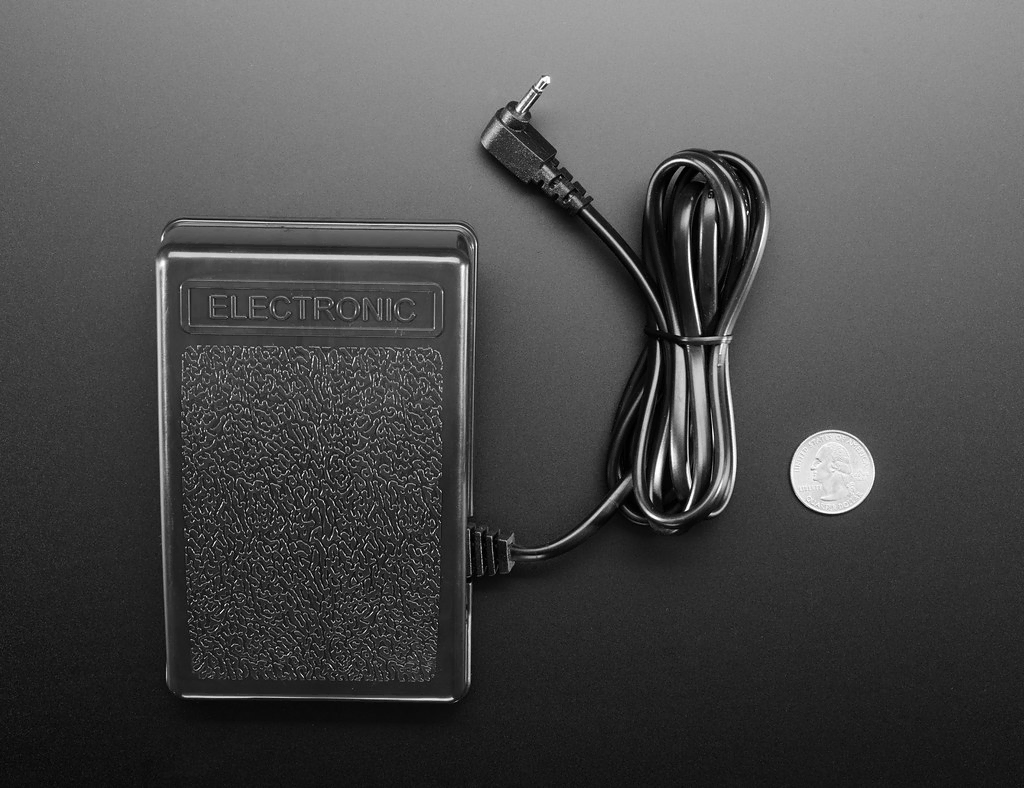
The foot pedal is part of the sewing machine that controls the speed of the needle. When the foot pedal is pressed, it activates the motor, causing the needle to move up and down at a speed that is determined by how hard the pedal is pressed.
Understanding the basic anatomy of a sewing machine is important because it helps to understand how the machine creates stitches. By knowing how each part works, it becomes easier to troubleshoot any problems that may arise and to adjust the machine’s settings for optimum stitch quality.
How a Sewing Machine Makes Stitches
The Process of Stitch Formation
A sewing machine creates stitches by interlocking two threads together – the upper thread, which comes from the spool and passes through the needle, and the lower thread, which comes from the bobbin. The process of stitch formation involves several steps:
- The needle moves down into the fabric, creating a hole for the upper thread to pass through.
- The upper thread passes through the hole created by the needle and loops around the lower thread, which has been pulled up through the fabric by the feed dogs.
- The needle then rises, pulling the upper thread with it, while the feed dogs move the fabric forward.
- As the needle moves back down into the fabric, it catches the loop of the lower thread, pulling it up through the fabric and creating a lockstitch.
- The process repeats itself, with the upper and lower threads interlocking to form a line of stitches.
Overall, the process of stitch formation is a delicate and precise one, with each component of the sewing machine playing an important role in creating strong and even stitches.
Types Of Stitches
There are several types of stitches that can be created using a sewing machine. Some of the most highlighted types of stitches include:
Straight Stitch:
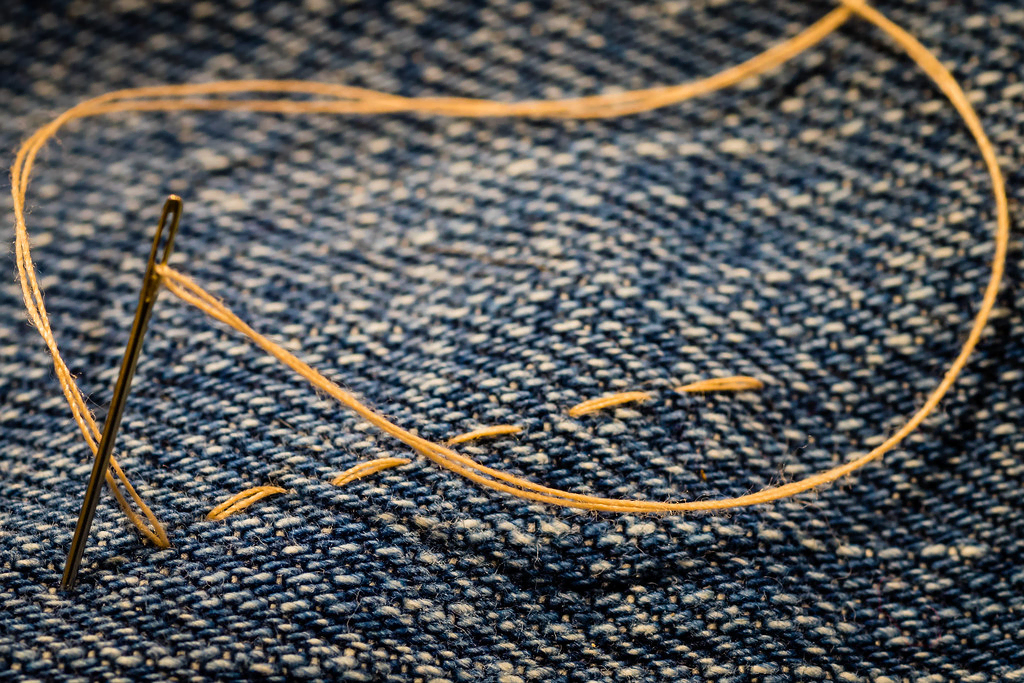
A straight stitch is the most basic type of stitch, and it is used for sewing seams and finishing edges. It is created by the needle moving up and down in a straight line, and it can be adjusted for length and tension.
Zigzag Stitch:
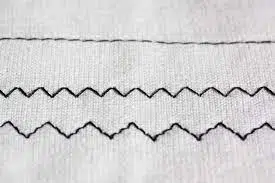
A zigzag stitch is used for sewing stretchy fabrics and for finishing edges to prevent fraying. It is created by the needle moving from side to side as well as up and down, creating a zigzag pattern that allows the fabric to stretch without breaking the stitches.
Decorative Stitches:
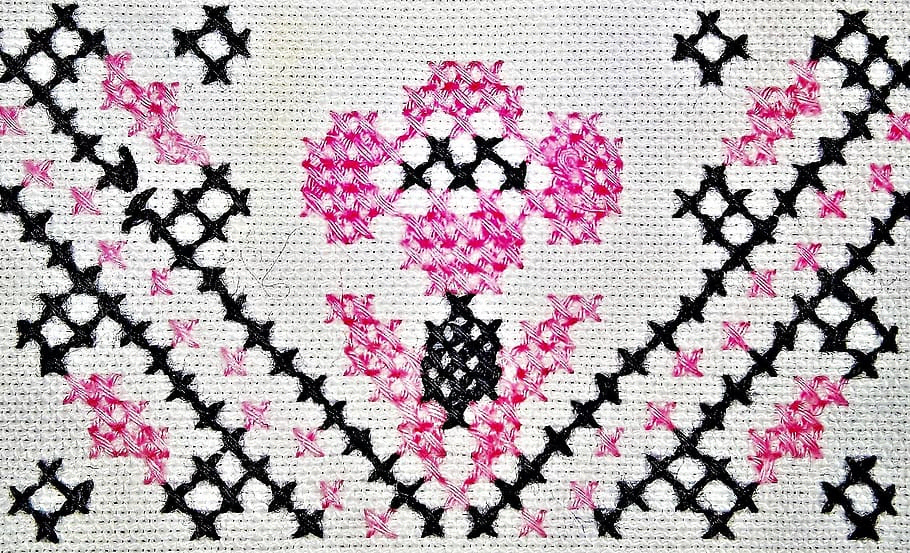
Decorative stitches are used for adding embellishments to fabric, such as embroidery, applique, and topstitching. They can be created using specialized settings on the sewing machine, which dictate the movement of the needle and the timing of the thread release. Decorative stitches come in a wide variety of patterns and designs, and they can be used to add a unique touch to any sewing project.
Other types of stitches that can be created using a sewing machine include blind hem stitches, overlock stitches, and buttonhole stitches. Each of these stitches serves a specific purpose, and they can be adjusted for length, tension, and width to achieve the desired effect. By understanding the different types of stitches that can be created using a sewing machine, it becomes easier to choose the right stitch for each project and to achieve professional-looking results.
Factors that Affect Stitch Formation
Several factors can affect the formation and quality of stitches when using a sewing machine. Understanding these factors is important for achieving consistent, high-quality results in your sewing projects. Some of the most important factors that can affect stitch formation include:
Thread Tension:
Thread tension refers to the amount of tension applied to the upper and lower threads as they pass through the machine. If the tension is too tight, it can cause the fabric to pucker or the threads to break, while if the tension is too loose, the stitches may be uneven or loopy. Adjusting the thread tension is essential for achieving balanced, even stitches.
Stitch Length and Width:
The length and width of the stitches can affect how they look and how well they hold up over time. A longer stitch is generally used for sewing seams, while a shorter stitch is used for finishing edges or creating decorative stitches. The width of the stitch can also be adjusted to achieve different effects, such as a wider zigzag stitch for sewing stretchy fabrics.
Type of Fabric:
The type of fabric being sewn can also affect stitch formation. Some fabrics, such as lightweight or stretchy fabrics, may require a different stitch length or tension than heavier fabrics. Adjusting the machine settings for each type of fabric is essential for achieving consistent, high-quality stitches.
Needle Type and Size:
The type and size of the needle being used can also affect stitch formation. A needle that is too small for the fabric may cause the fabric to tear, while a needle that is too large may cause the stitches to be too loose or uneven. Choosing the right needle for the fabric being sewn is essential for achieving smooth, even stitches.
By taking these factors into consideration and adjusting the machine settings accordingly, you can achieve consistent, high-quality stitches when using a sewing machine. Experimenting with different stitch lengths, widths, and tensions can also help you achieve a variety of effects and create unique, personalized projects.
Troubleshooting
While sewing with a machine, there may be times when the stitches are not forming correctly, which can be frustrating. Here are some common issues that you may encounter when sewing with a machine and how to troubleshoot them:
- Uneven stitches can be caused by an incorrect thread tension or a damaged or incorrect needle. Try adjusting the tension, or replacing the needle with the correct type and size for the fabric being used.
- Skipped stitches can be caused by a dull or damaged needle or an incorrect needle size for the fabric being used. Try replacing the needle with a new, sharp one and ensuring that it is the correct size for the fabric being used.
- Thread breakage can be caused by an incorrect thread tension, a damaged or incorrect needle, or using a low-quality thread. Try adjusting the tension, replacing the needle, or using a higher-quality thread.
- Fabric puckering can be caused by an incorrect thread tension or using the wrong type of needle for the fabric being used. Try adjusting the tension or using a ballpoint or stretch needle for knit fabrics.
- Machine jamming can be caused by a variety of issues, including incorrect threading, a damaged needle, or using the wrong type of bobbin. Check the machine manual for instructions on how to clear a jam, and make sure that the machine is threaded correctly and using the correct needle and bobbin for the fabric being used.
Conclusion
In conclusion, a sewing machine makes stitches through the process of interlocking the upper and lower threads through the fabric. Factors that can affect stitch formation include thread tension, stitch length and width, fabric type, and needle type and size. By understanding the basic anatomy of a sewing machine and how to adjust its settings for different fabrics and stitches, you can create a variety of personalized projects. With proper maintenance and care, a sewing machine can be a versatile and valuable tool for any sewing enthusiast.
